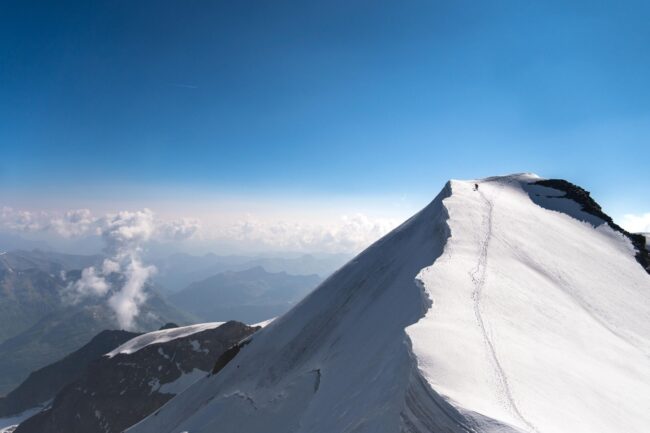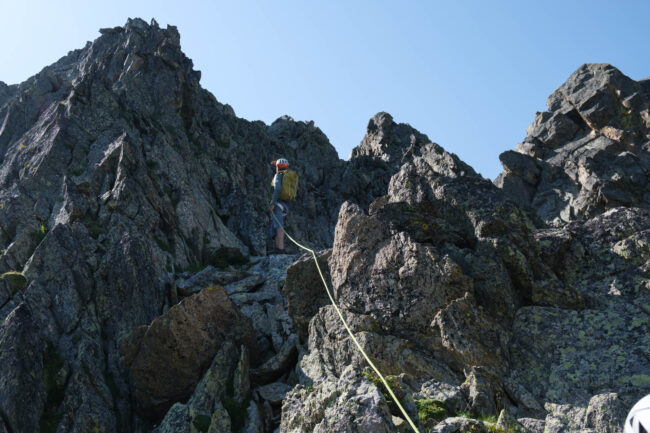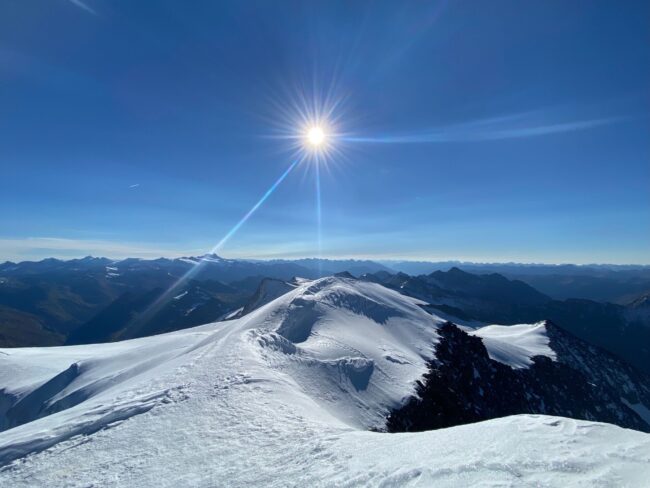Alpinism, recognized by UNESCO in 2019 as an Intangible Cultural Heritage of Humanity, is a practice deeply rooted in the cultures of France, Italy, and Switzerland. This discipline combines technique, physical preparation, and environmental knowledge, requiring specific skills to climb peaks and rock or ice walls in the Alps, particularly in the Mont Blanc massif. Alpinism is characterized by a strong sense of community and shared ethical values, including respect for nature, the concept of esprit de cordée (rope spirit), and the importance of knowledge transmission.
In recent decades, climate change (CC) has introduced unprecedented challenges for alpinism. Global warming is causing the rapid melting of glaciers and the degradation of permafrost, leading to increased landslides, rockfalls, and changes in traditional climbing routes. Additionally, weather conditions have become more unpredictable, with sudden storms, reduced snowfall, and higher temperatures making climbs more difficult and dangerous. The shifting seasons have also forced alpinists to adapt, moving their ascents to spring and autumn, as summer months have become increasingly unstable.
The alpinist community has become increasingly aware of the impact of CC. Alpine clubs, professional guides, and local experts are collaborating with research institutions to monitor environmental changes and develop adaptation strategies. For example, in France, Italy, and Switzerland, glaciological research centers and environmental laboratories are collecting data on glacier transformations and new geological dynamics. Mountain guides are also adjusting their approach, adopting new technologies, selecting alternative routes, and intensifying safety training.
At the institutional level, several national and international initiatives aim to integrate climate concerns into the management of alpinism. Italy has included mountain regions in its National Plans for Climate Change Adaptation, emphasizing the importance of allowing mountain professionals to manage alpinism-related activities directly. Switzerland has conducted extensive studies on CC’s effects, stressing the need for continuous monitoring and environmental protection policies. France, while active in biodiversity conservation, has not specifically addressed climate challenges in its UNESCO report.
Internationally, initiatives such as Espace Mont-Blanc and the Alpine Convention promote cooperation among France, Italy, and Switzerland to tackle CC challenges in a coordinated manner. Additionally, the European Green Deal supports policies for protecting mountain ecosystems, while the AdaPT Mont-Blanc Program is developing planning tools to help local communities adapt to climate changes.
Finally, the role of media and scientific communication is crucial in raising awareness among the public and policymakers. Articles, documentaries, and academic research highlight the growing risks associated with Alpine instability and the urgent need for action. Key figures in the mountaineering world, such as experienced guides and climatologists, are helping to spread awareness about the necessity of adapting climbing practices and reducing human impact on the mountains.
In conclusion, alpinism stands at a crossroads between preserving its cultural identity and adapting to the new conditions imposed by CC. Collaboration among alpinists, scientists, and policymakers will be essential to ensure climbers’ safety and the sustainability of this practice, preserving it for future generations.



